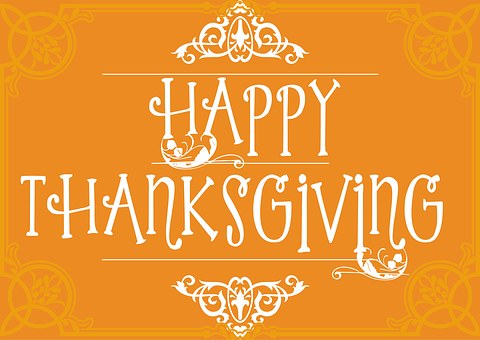 Throughout history, companies worked with the government in power. Its one way to stay in business even if the company didn't agree with the government's philosophies. Most all of the companies mentioned here are familiar to most people.
Throughout history, companies worked with the government in power. Its one way to stay in business even if the company didn't agree with the government's philosophies. Most all of the companies mentioned here are familiar to most people.1. Hugo Boss Clothing - founded by Hugo Boss who was a fashion designer and founded a textile factory in 1923. His company was awarded a contract to supply uniforms to the SA troopers, also known as Brown Shirts. Once Hitler came into power, he joined the party and ended up providing additional uniforms to the SS, Hitler Youth, rail workers, postal workers and all the members of the German army, navy and air force.
Unfortunately, he used slave labor from Poland and France to meet the demands of World War II. When the war ended, Hugo Boss ended up paying fines for working with the Nazi's and had to transfer ownership of his business to his son-in-law because he was prohibited from owning and running a business. In 1999, the company contributed money to be distributed to former slave workers.
2. Volkswagen came about due to World War II and Germany. Most cars at that time were luxury cars out of range of the average German consequently only two percent of the population own one and there was need of a car for the people. In 1933, Mr Porsche of Porsche racing cars, created his concept car, named the Volksauto. It had the basic bug shape with the air cooled engine in the rear.
When Hitler came into power the same year, he began campaigning for a "Peoples car" that would transport two adults, three children, go 62 mph and cost only 990 RM or about $400.
Porche's car met the criteria but because none of the car manufacturing plants in Germany could produce this car, Hitler built a state fun factory to make the car. Hitler even arranged for people to purchase it by paying 5 RM per week. Soon after the plant came into operation, the war began and the factory was soon producing war materials.
At the end of the war, the factory was offered to Allied car manufacturers free of charge but no one wanted it so it kept producing and by 1948, the car became a German icon. The plant in Wolfburg has continued to grow, making it one of the richest cities in Germany.
3. Fanta is also attributed to the War. Prior to World War II, Coca-Cola was well liked in Germany to the point that sales records were set year after year. Coca-Cola's German division had 43 bottling plants with over 600 local distributors when World War II broke out in 1939. The manager of the plant communicated with the parent company they would try to keep everything going but they could not get certain ingredients since they had to be imported from overseas.
This caused production to halt for a short time while the company tried to formulate a new formula using whatever they could use such as apple fiber left over from making apple juice, whey left over from making cheese and beet sugar. Although Fanta is normally orange, it's flavors varied according to what they could get during wartime.
Since it was a new soft drink, employees held a brainstorming session and someone shouted out "Fanta" which was accepted and production started again. Germans loved the drink so much that they consumed over three million cases in 1943 alone ensuring the company continued to produce the drink. During this time, the German plants lost contact with their American parent company but the manager kept extensive records and refused to join the Nazi Party. At the end of the war, he turned over all profits and the recipe for Fanta.
I hope you enjoyed reading about these companies. I'll report about some more in the future. Have a great day and let me know what you think, I'd love to hear.




























